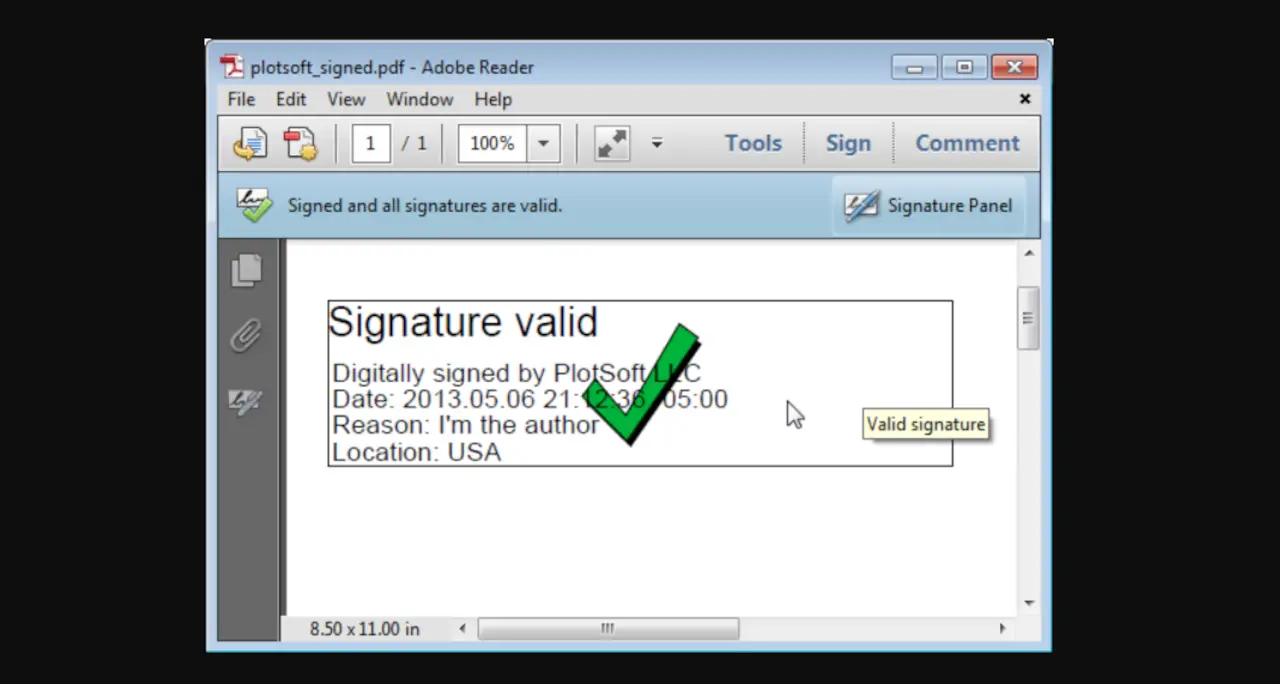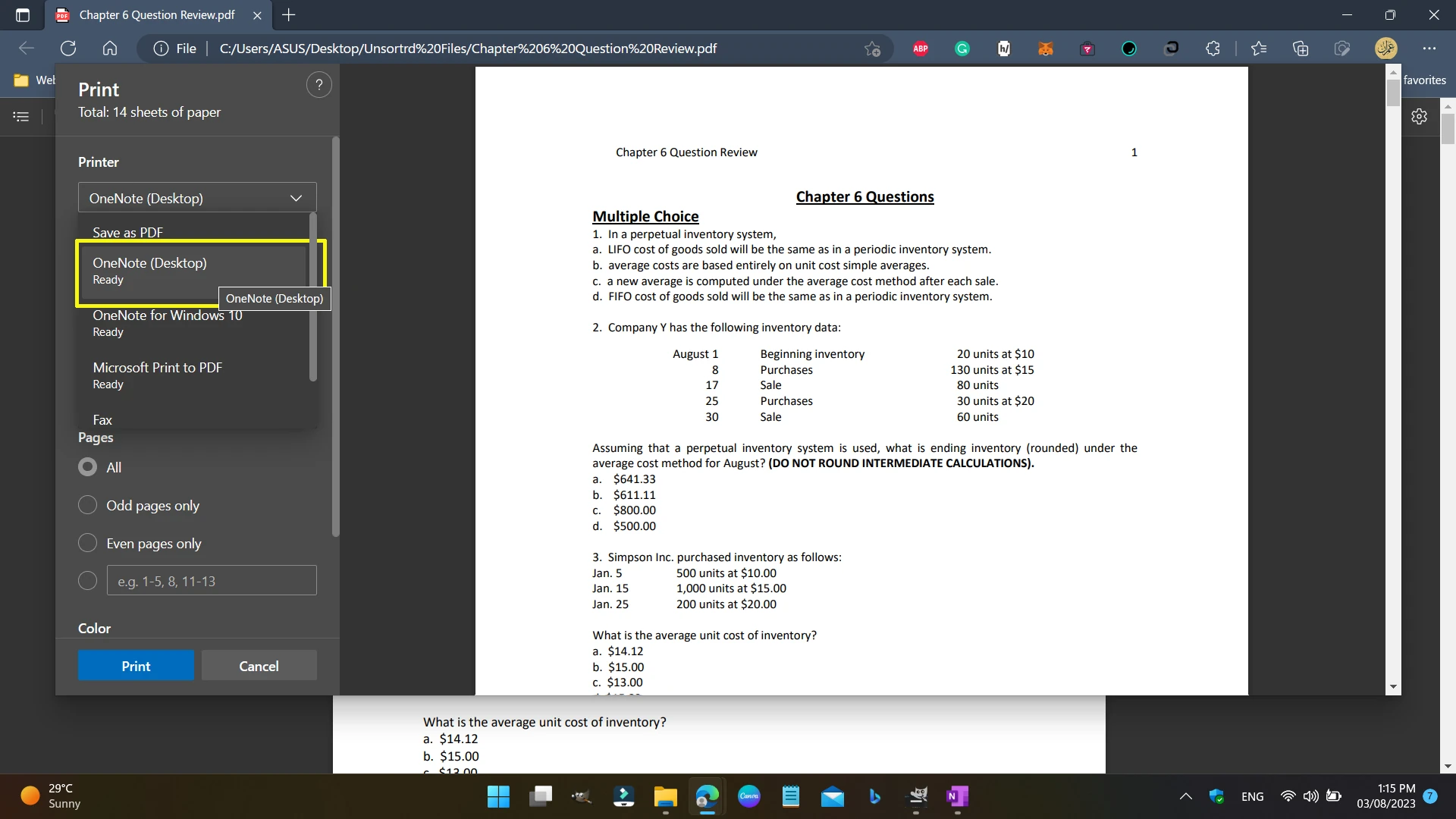Whether you’re a content author, a business person, or an individual managing the paperwork all day along, you would have surely come across PDF documents at some point in time. Ranging from distributing reports to concluding agreements, these multifunctional document files are utilized everywhere. However, how do you confirm the credibility and origin of these digital documents? It boils down to why you need digital signatures for your PDFs.
PDFs have been around for nearly 30 years in the digital world. They’re the largest electronic file type in use globally because they are easy to create, open, and share. PDF is perfect for agreements and contracts because of its dependability and uniformity.
Nonetheless, default PDFs are not electronically signed by themself. This sometimes involves the labor-intensive process of taking physical signatures off documents printed out (and doing this internationally can be costly and time-consuming).
What Are Digital Signatures on PDFs?
So before diving deep into the benefits, we need to know what is electronic signature or signature in pdf first. Whereas physical seals were used to validate agreements in ancient times, nowadays we have something called a ‘digital signature’, which is an advanced mathematical technology that proves that your digital documents came from you (instead of someone else) without damaging their contents.
By applying a Digital Signature to the document we will confirm if it has changed after signing, and who signed the document.

Advantages Of Using Digital Signatures On PDF Files
Here is a list of advantages you may benefit from by using a digital signature on your PDF files next time,
| Sr_No | Advantage | Description |
|---|---|---|
| 1 | Enhanced Security | Protects against document tampering. |
| 2 | Speed and Efficiency | Streamlines the signing process, saving time. |
| 3 | Cost Savings | Reduces printing, postage, and storage costs. |
| 4 | Global Accessibility | Enables signing from anywhere in the world. |
| 5 | Legal Validity | Recognized as equivalent to handwritten signatures. |
| 6 | Document Tracking | Provides insights into document status. |
| 7 | Long-Term Preservation | Ensures the integrity of documents over time. |
Advantage 1: Enhanced Security
One of the most significant benefits for securely signing PDFs with digital signatures is its inherent safety. Digitally signing a pdf means it become tamper evidence. Any modifications done to the document post-signature will make the signature invalid and draw attention of the recipient that’s not right! It’s important to ensure this level of security in documents such as employment contracts, legal agreements and financial reports which have high sensitivity.
???? Quick Tip: Choose stronger and more unique passwords for digital signatures to ensure nobody can get in without authorization.
Advantage 2: Speed and Efficiency
If you’re like me and a content writer, then you’ve seen your fair share of deadline crunches too. With digital signatures, you don’t have to print, sign, scan and email physical copies of documents anymore. In only a couple of clicks, you’ll be able to digitally sign and return a PDF to your customer, streamlining your workload and cutting down on papers.
Advantage 3: Cost Savings
With the conventional paper-based document signatures, there are several hidden costs such as: printing, postage and storage costs. Going digital with PDF signatures will save you much on costs such as this. It’s eco-friendly too as it saves paper.
Advantage 4: Global Accessibility
In today’s globalized world, collaborations frequently involve folks from all over the planet. With digital signatures you can sign a document from anywhere. Its worldwide reach guarantees that your work as a content author doesn’t confine you to limits of geographical territories.
Advantage 5: Legal Validity
In some countries (such as India), digital signatures on PDF documents are lawful. But in the eyes of the law, they’re just as good as traditional pen-on-paper signatures, as long as certain conditions are met. It gives more certified confidence in your digitally signed documents.
Advantage 6: Document Tracking
Have you ever wanted to know if your client has seen the document you’ve sent them? With digital signatures, one can track the document. You can get alerted when the recipient opens the PDF so you know you’re on top of it and can act accordingly in a timely manner.
Advantage 7: Long-Term Preservation
A content writer can document documents that have to be preserved. Digital signing ensures that your work maintains its integrity over time. Your content will be immune from decay and physical harm as paper documents are.
It’s not just an technological advantage to embrace digital signatures on PDFs, it’s a practical necessity for today’s digital world. With multiple benefits ranging from increased security to increased worldwide availability, it’s a worthy resource for content creators and practitioners in numerous fields.
So, next time someone asks you to sign or share a PDF, think about what goes into digitizing your signature. This is an advancement towards better and sustainable, and greener document management in today’s workplace. ????



